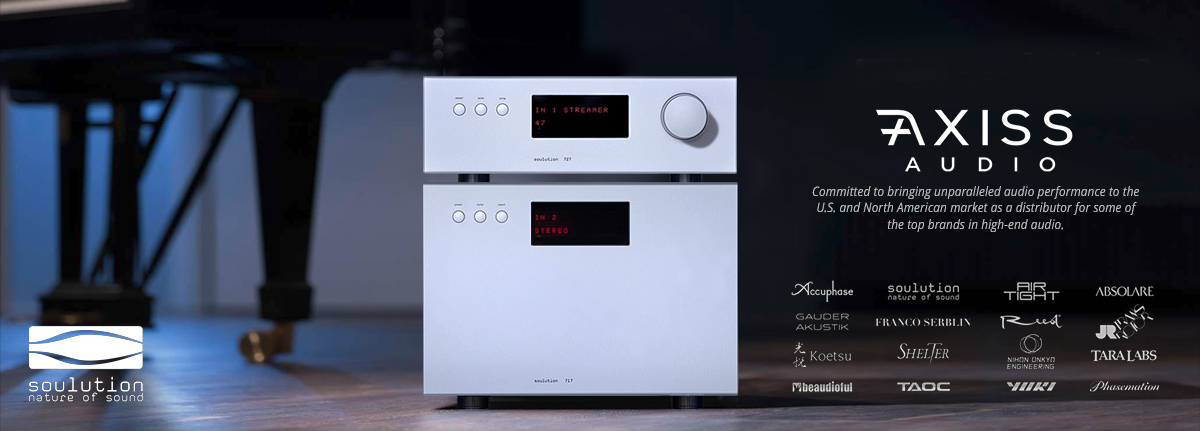And of course the other question that must be asked along with this one is what is "good?" It should be very simple and demonstrable. I'm betting we won't be able to keep it that way.
Tim
The demonstrable part is easy at least with the Emmlabs DCC2. Just do what I did. Bypass out into Line in vs Line out into the preamp's bypass. That way you are only comparing the variable analog output stages of both devices. Total snap to AB. Then do a third comparison direct into the amplifier(not quite as easy). Bypass out into Line In won out. It must be noted however that I run very long interconnects from source/pre to amps. Twelve meters per channel to be exact. Many preamps cough up fur balls at these lengths.
With the DP-78 it isn't so cut and dried. You're either at unity gain out or attenuated.
In any case, I'm not a single source guy so my interest was just academic. I mean, I own the darned things so I just had to see what they could do so I tried. In my situation, having a preamp won.
So to answer the question, is it essential, I'd say no, just not as good.
























